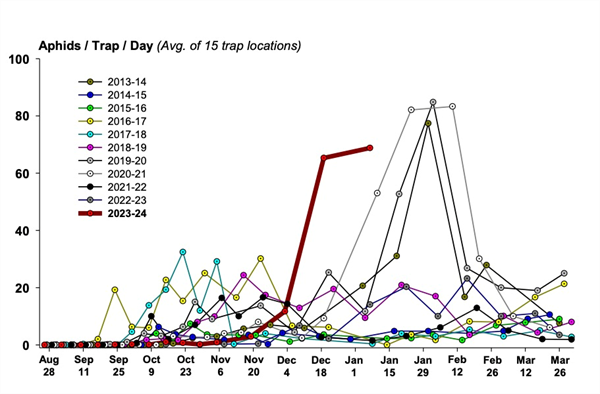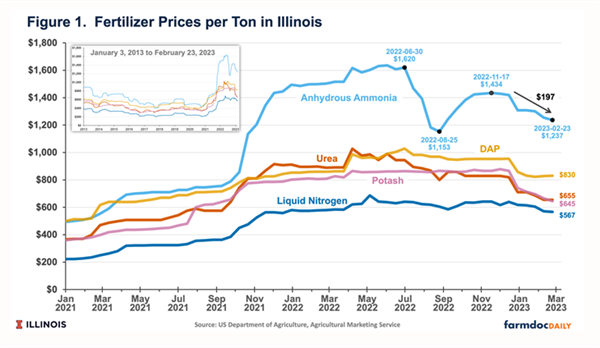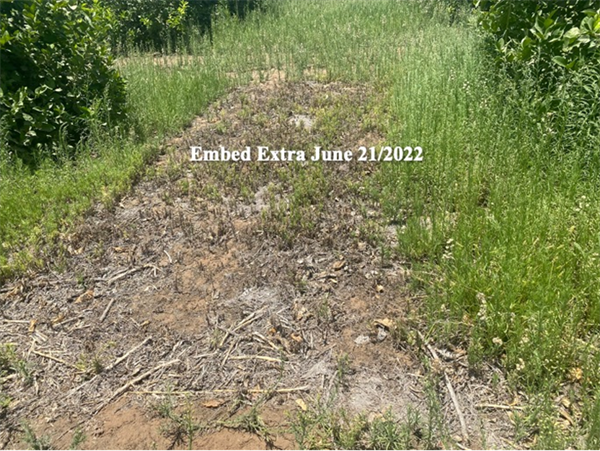-
Jan 10, 2024Keep an Eye Out for Aphids (2024)
With the days getting longer and temperatures gradually warming, aphids are likely to become more abundant. Experience has also shown that aphid population growth begins to increase significantly once the weather warms in January. Our local weather forecast suggests that temperatures will be in the upper 60’s with moderate nighttime lows in the mid-40’s for the next two weeks. Assuming the weather service is correct, these conditions may be ideal for aphid population growth. Aphid population growth in the desert produce is optimal at average temperatures of 55-60 °F. Similarly, with the rainfall we experienced in late December, I would keep an eye out for aphid pressure to start picking up on your lettuce, celery, spinach and cole crops. Previous research has shown us that aphids tend to be more abundant during warm, wet winters. Note: Rain has been forecasted for this week.
Aphid flights are ahead of schedule compared to the past few seasons (see graph below). Trap captures of winged aphids peaked last week and were particularly heavy in the North Gila and Yuma Valleys. There have been several reports of green peach aphids showing up in both conventional and organic produce in the past several weeks, and at the Yuma Ag center, green peach aphids are beginning to colonize small plants and we should be starting efficacy trials soon. Be on the lookout for lettuce aphids too; we’ve confirmed reports of small colonies on lettuce in Wellton in November, and in the Gila Valley this week. Consequently, PCAs should be extra vigilant in scouting for aphid colonies. If a field has been treated with imidacloprid at planting, then chances are you are in pretty good shape on young produce. However, imidacloprid doesn’t last all season. Regardless of whether you find green peach, or lettuce aphid the key to effective aphid management with foliar insecticide is to initiate sprays at the time apterous (wingless) aphids begin to colonize. The action threshold is the presence of aphid colonies on 5-10% of plants sampled. Of course, this requires diligent scouting and sampling. On older lettuce, make sure you thoroughly examine developing heads/hearts. Fortunately, PCAs have many alternatives for aphid control. So, keep your eyes open for new aphid colonies and treat early to keep ahead of the populations.
For more information on aphid management visit these sites: To contact John Palumbo go to: jpalumbo@ag.Arizona.edu
To contact John Palumbo go to: jpalumbo@ag.Arizona.edu












